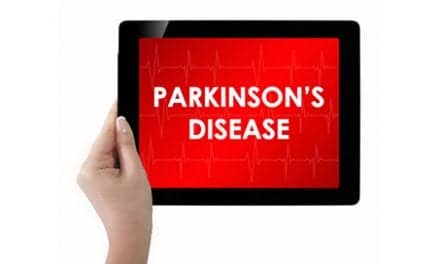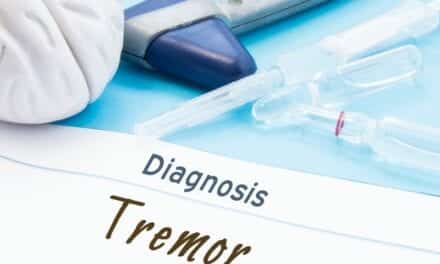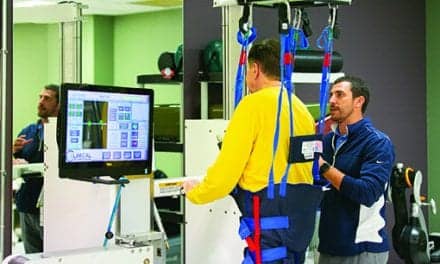In separate studies, researchers investigated whether or not the use of statins (drugs used to lower cholesterol levels in the blood) were associated with a risk of Parkinson’s disease (PD) onset.
Animal studies suggest a protective effect, whereas observational studies in humans suggest both increased and decreased risks, according to a media release from Neurology Times.
A recent Penn State study suggests increased risk for PD with statin use, especially for lipophilic statins and during the period when statins are initiated.
The study comprised 2322 patients with PD matched and 2311 controls. Study participants were matched by age, gender, and duration of follow-up. Data were adjusted for hyperlipidemia.
Of the statins linked to increased PD risk, the strongest risk was for lipophilics (OR 1.58, P < .0001) versuss hydrophilics (OR 1.19, P = .25). Lipophilics included atorvastatin, lovastatin, and simvastatin—all can cross the blood-brain barrier. Findings suggest that initiating statins may speed the onset of PD (< 1 year OR = 1.82; 1-2.5 years OR = 1.75; ? 2.5 years OR = 1.37; P < .0001), notes Neurology Times.
A study from Tel Aviv University suggests there is no PD risk, regardless of age, statin type, statin potency, baseline LDL, and statin duration (up to 5 years).
The study, conducted by Rozani and colleagues, looked at new statin users aged 49 to 79 years: N = 232,877; n = 2550 patients with PD. Researchers evaluated changes in statin use over time and PD risk. Data from a large health services organization that insures 25% of Israeli population were used; and adjusted for LDL levels. Mean follow up was 7.6 years.
In addition to no PD risk, the researchers also found no association in patients with 5 years of statin adherence and no association by baseline LDL (age-pooled results): LDL ? 160mg/dL: women HR 1.01 (1.00-1.02); men HR 0.99 (0.99-1.01); LDL > 160 mg/dL: women HR 0.97 (0.98-1.01); men HR 0.99 (0.98-1.01), Neurology Times adds.
Both studies suggest no protective effect of statin use on PD risk, but larger, longer-term studies are needed to clear up the controversy.
[Source: Neurology Times]





